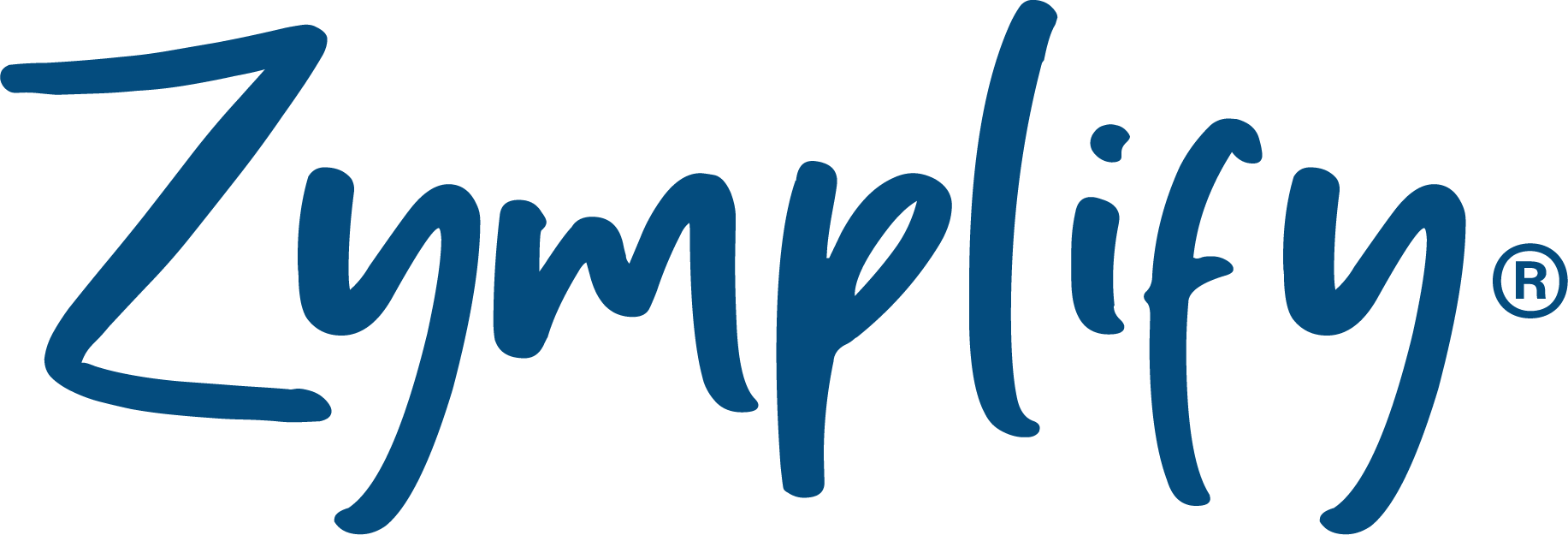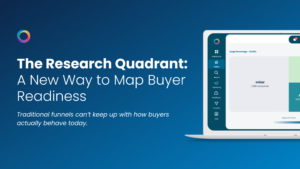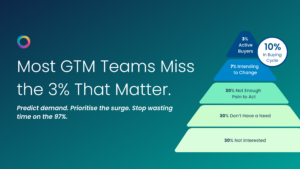
There are four main phases of any successful inbound marketing strategy, that any successful marketer should base their marketing efforts around. If you know a thing or two about marketing in 2019, I’m sure you’ll know all about inbound marketing. But for those small businesses or start-ups who mightn’t be familiar with the strategy and how powerful it can be, we’re here to tell you all about it.
It’s a proven methodology for growing your business and has been adopted by thousands, if not millions, of organisations around the world. You should be spending time and effort creating an inbound marketing strategy to keep up with the growing trend.
While there are still a few cold-callers around, the days of calling people at the most inconvenient times of the day and sounding like a weird stranger, trying to find out personal information are gone. In recent years, buying behaviours have changed and an inbound methodology has become more and more important, not just for marketing but for the entire customer experience. We don’t want to be ‘cold-called’ anymore, and we don’t want to feel like we’re being marketed to either. As consumers, we want to make up our own minds about a product or service. Therefore, your marketing strategy needs to be seamless, integrated and organic. You do not want to come across as ‘pushy’ or ‘trying too hard’, because your audience will see straight through you.
In this short blog, we’re going to cover the four main stages of inbound marketing. You can use these four basic phases to build out your own inbound marketing strategy. We have lots more guides and blogs on the topic, so be sure to check them out at the end for more information.

The Four Phases of Inbound Marketing
Attract
- You want to attract the people who are most likely to become your customers onto your website and social media platforms, in the hope they will become leads. After you have created your buyer persona, you’ll know where they hang out online and you’ll know where to target them at. Offer them something that will solve their problems and tailor your content to suit their needs.
- If your website doesn’t have a blog, you need to get one now. Inbound marketing starts with content creation, and a blog is a perfect way to attract new visitors to your site. Create educational and engaging content that is an easy-to-digest form and visually pleasing with images, video or infographics. Answer their questions before they have even asked them.
- Create a content strategy to ensure the entire team is focused on the same goal and objectives. Include your blog, website copy, social media posts and email campaigns.
- Social media is powerful, and you need to ensure you have a strong presence on the platforms that your target audience actively use. It allows you to freely share new and old content which might still be current now. Engage with your potential clients and interact on the platforms where your personas spend their time.
Convert
- Now you need to convert those prospects. You now have to make them understand why they should only consider your company and forget about the competition. Communicate with them on the channels they already use but don’t bombard them. When you create a relationship with them, you can answer their direct questions and focus on how you can help them. Provide relevant and specific content that is valuable to each of your personas and develops the conversation.
- Use landing pages and forms to gain personal information about them which will allow you to understand their needs a bit better. The more you know about them, the more personable you become when approaching them.
- Use your CRM to keep track of those leads you are converting with a dedicated contact database. Having all your data in one place can let you see every interaction and see what worked and what didn’t.
- Engage with your site visitors with messages or meetings to win new deals. You could call them or have a virtual meeting on Skype to interact on a personal level. By doing this you can really find out their specific needs and tailor your future content around those needs. You’ll also be able to cleverly create doubt around your competitors.
Close
- Your prospects have moved down the funnel nice and smoothly and you are on the right track. Now you need to turn those leads into customers. By managing your pipeline, you can carefully analyse just how well your marketing and sales teams are playing together.
- Nurture each lead according to their individual interests and wants/needs. Look at what pages they have visited and what content they have downloaded, as their interests might have changed since you first interacted with them. Adapt your content to target the individual marketing messages and keywords which they would be searching for.
- Create an email campaign and follow what links they click on. If they react to the call-to-action button, great! Follow up with another email in relation to that, or if they don’t interact at all, send them another email in a few days to push a little bit more. A series of emails focused on what they want and need, with relevant content can build trust with a prospect and hopefully turn them into a customer.
- Lead scoring is an effective way to really gauge the leads that are passing through your inbound marketing funnel. As your business grows, you will generate more leads but it is sometimes pointless getting in touch with every single lead. Score them on how they interact, what they want and what you can do for them and you’ll know what leads to focus your energy on.
Delight
- Inbound marketing is all about making your customer happy and creating a buying experience for them which they will recommend and shout from the rooftops about. It is really important to engage with and make your customers successful, giving them a delightful experience with your company.
- Your customers (hopefully all of them) are your biggest fans and you need to understand them on an individual basis to help them succeed. Follow up with newsletters, email campaigns or give them access to a loyalty/advocacy programme.
- Create smart content which has tailored call-to-action buttons which are presented differently to previous customers, so you aren’t treating them as first time buyers. Find out if their interests have changed and look for opportunities to upsell new products to them.
More on Inbound Marketing from Zymplify
Top Inbound Marketing Tools to use in 2019
Inbound Marketing and Marketing Automation
The Power of Inbound Marketing: Are You Really Using it Effectively?



